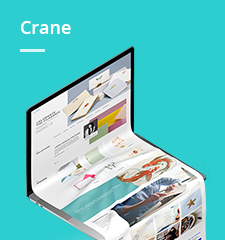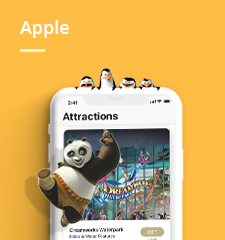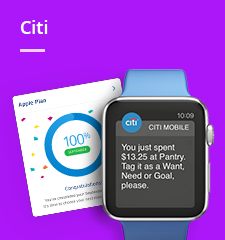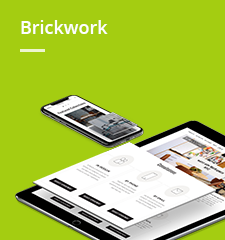Company
Brickwork
Clients
Nike
West Elm
Urban Outfitters
Hugo Boss
Saks 5th Avenue
Kate Spade
Carolina Herrera
Destination Maternity
Chanel
Background
Brickwork is the first SaaS provider to bridge the gap between eCommerce and retail by powering a new digital experience.
Responsibilities
Product design
Product strategy
UX/UI Design
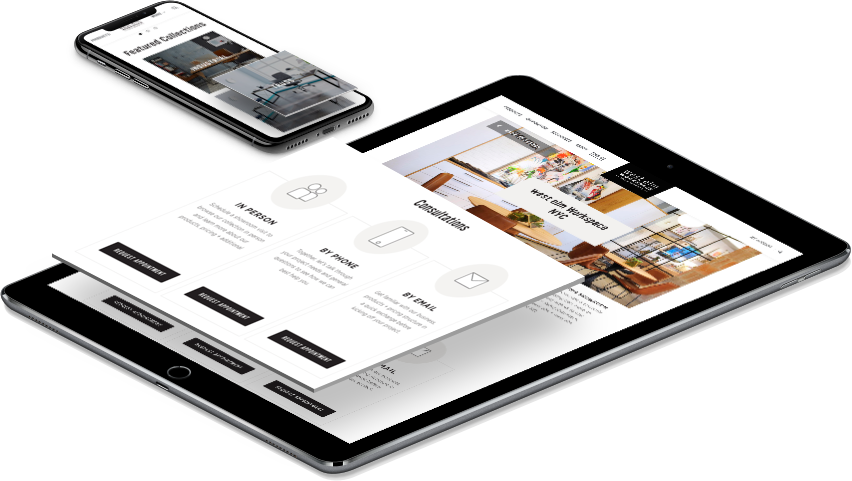
The Problem
The current implementations were executed like a design agency rather than leveraging the strengths of its SaaS product.
Brickwork’s SaaS solution provides four key offerings, the Store Locator, Store Page, Appointments, and Events. Brickwork's problem was implementing these solutions—each client had a unique design template and features. This resulted in lengthy onboarding, difficulty collecting quantitative and qualitative data points, and releasing new client features due to the unique templates.
The Challenge
Simplify the product and allow Brickwork to become the expert in the
e-commerce to the retail experience.
For Brickwork to leverage the strengths of its SaaS model and address its problems, it needs to develop a new implementation process. In addition—for Brickwork to scale as a product, the new direction must allow for feature updates and new feature releases independent of the client's template.
The Team
Saadiq Rodgers-King, Head of Product
Tom Gehani, VP of Business Development
Greg Meyer, VP of Customer Success
Vadim Timoshpolsky, VP of Engineering
My Role
As Design Director, I was involved in creating a new implementation and design process, R&D, managing and mentoring a team of designers and front-end developers, and championing user-centered design thinking within the product team.
The Journey
Understanding the current landscape and identifying common themes and features used across the portfolio of clients.
First, I had to implement a design process for the product team that could quickly align with the dev team's sprint cycle. The goal was to eventually have the product team be ahead of development by 4-6 weeks.

Step 1:
I conducted surveys and interviews with current clients to understand their values and business objectives better so we could align with their retail goals. We also researched how consumers are currently shopping online.
Step 2:
I identified patterns and common themes shared among our clients, such as store details, store offerings, services
and events.
Step 3:
As a team, we revisited the four core products, the Store Locator, Store Page, Appointments, and Events, to identify the value proposition from each product that will drive traffic to retailers. Next, I worked with our Head of Product and engineering team to develop a product roadmap focused around our main value proposition and allow flexibility to create a unique experience for our clients. From our list of current products, we focused our efforts on the Store Locator and the Store Page first because their primary function was to showcase experiences offered at retail locations that customers are missing from just connecting with them online.

Designing a Framework for Success
A proper SaaS solution that will deliver a product supported by data to help our clients achieve their business objectives.
At the time, Brickwork was providing custom template solutions to clients. This was slowly becoming a bottleneck for the company's growth because each client had a unique template, and maintaining each was becoming impractical. My goal was to change this; Instead of thinking of our products as “Templates,” we needed to think of our implementations as components that work together within specific parameters. I worked with customer success, the product team, and clients to identify members and design a modular solution.
Below is a list of our first set of components:
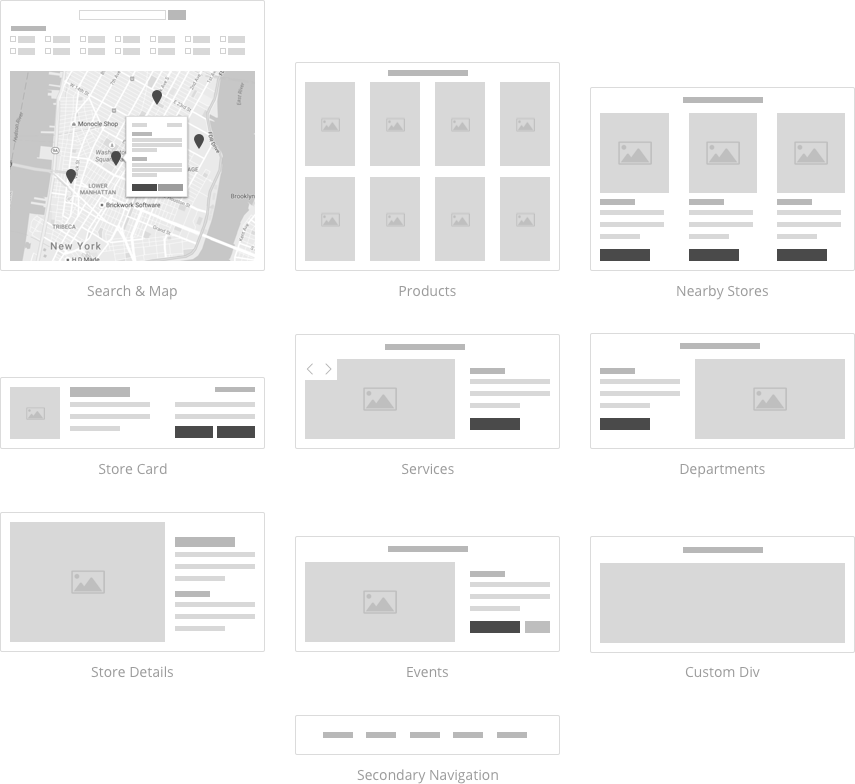
Component Design
A data-driven design solution.
We wanted each component to be designed with parameters based on research and industry data. Our current template process was challenging; most of the data needed to be more organized and cluttered. To solve this, we brought in a talented team of Data Scientists to help us organize, analyze and adjust our process. Once we had useable and organized data points, we focused on each component, defined its core function, and set data parameters.
The result: components that are effective, fast, and simple yet flexible enough to customize. As the example showcases below, clients would select a page type and features from the front-end dev team, and I would style each element for the client based on their brand guidelines. By not limiting clients to template options but providing a modular design solution, they gained more creative control without concern for data integrity. This change also cut our implementation time from 4-6 months to 3-6 weeks.
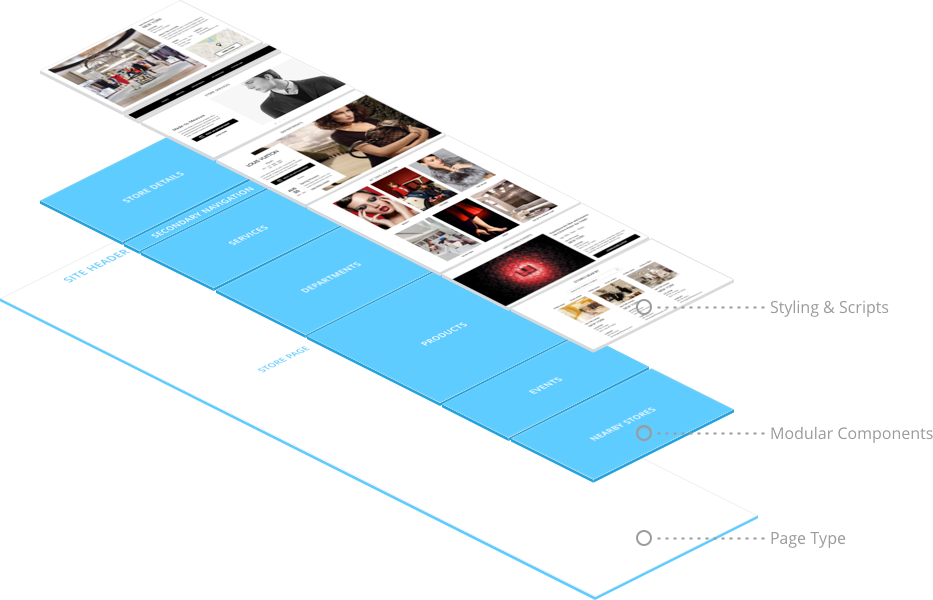
Implementations
Bringing it all together.
Below are a few examples of implementations I designed for clients using the new components solution and their brand guidelines.
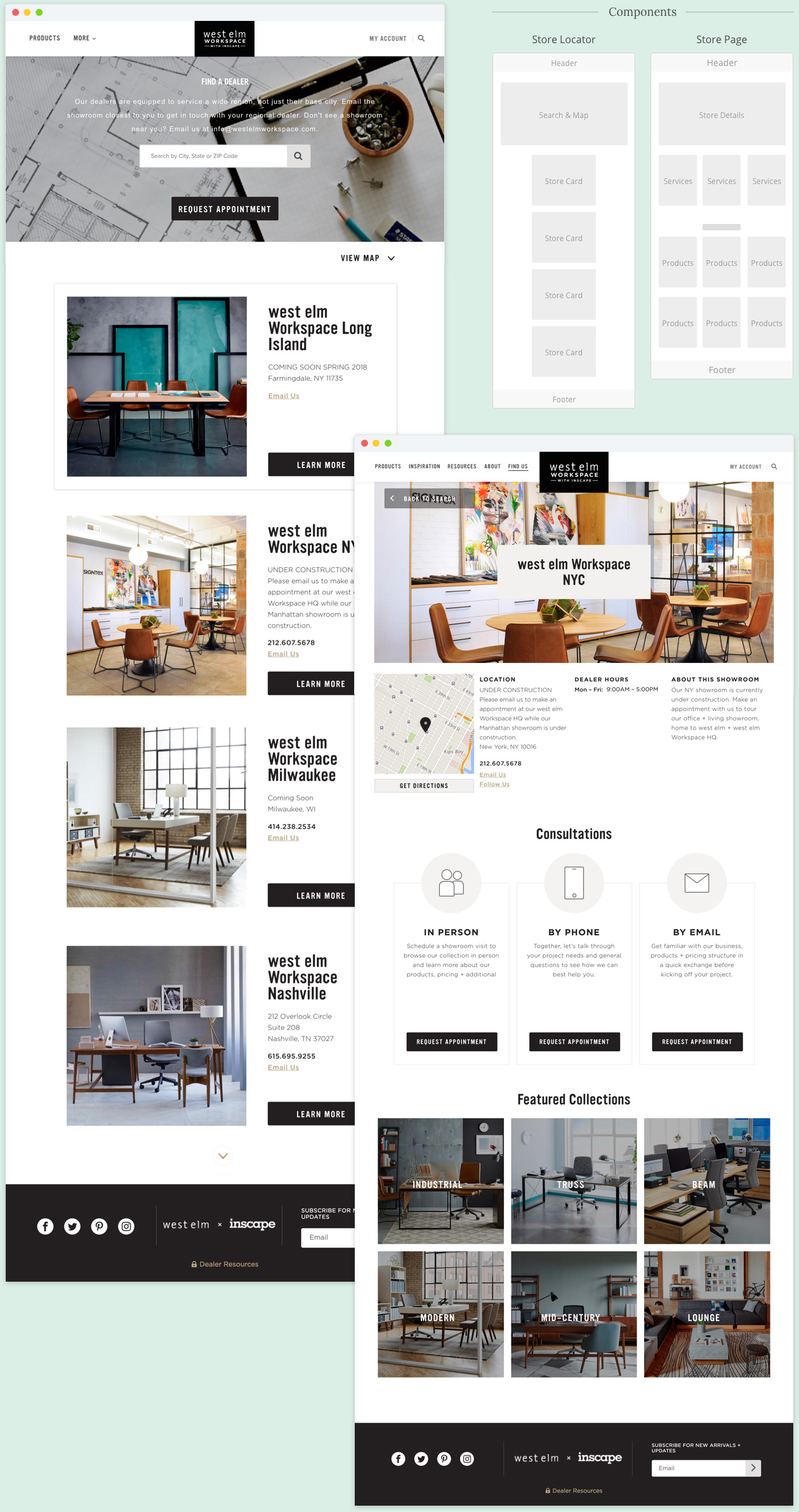
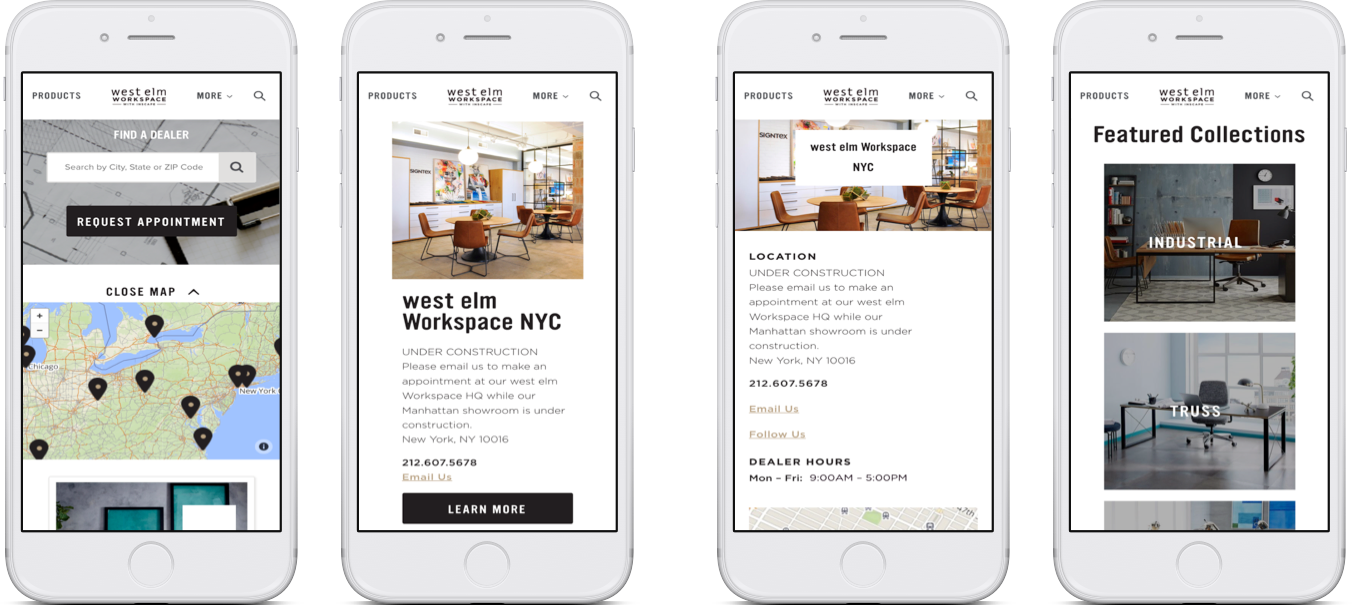
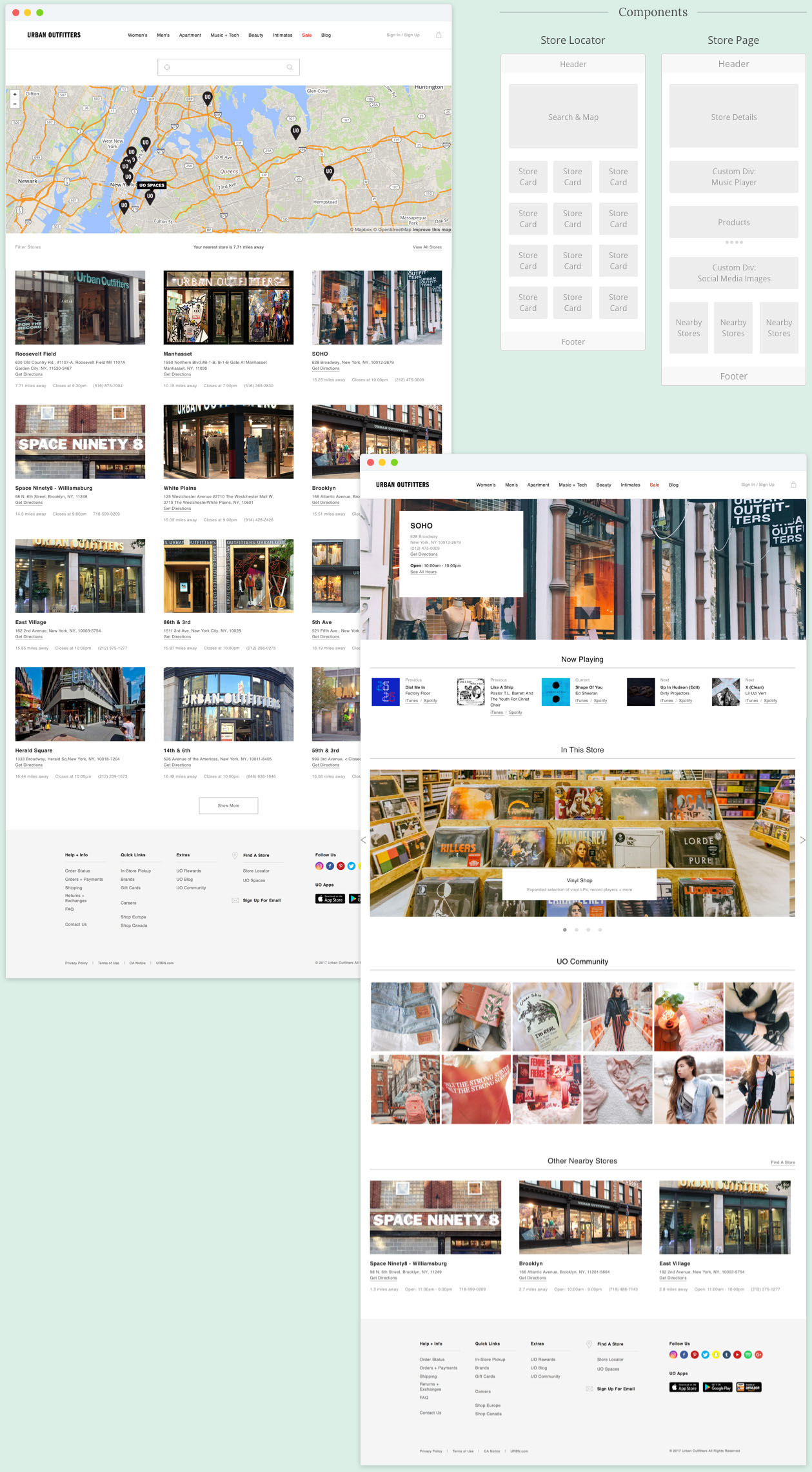
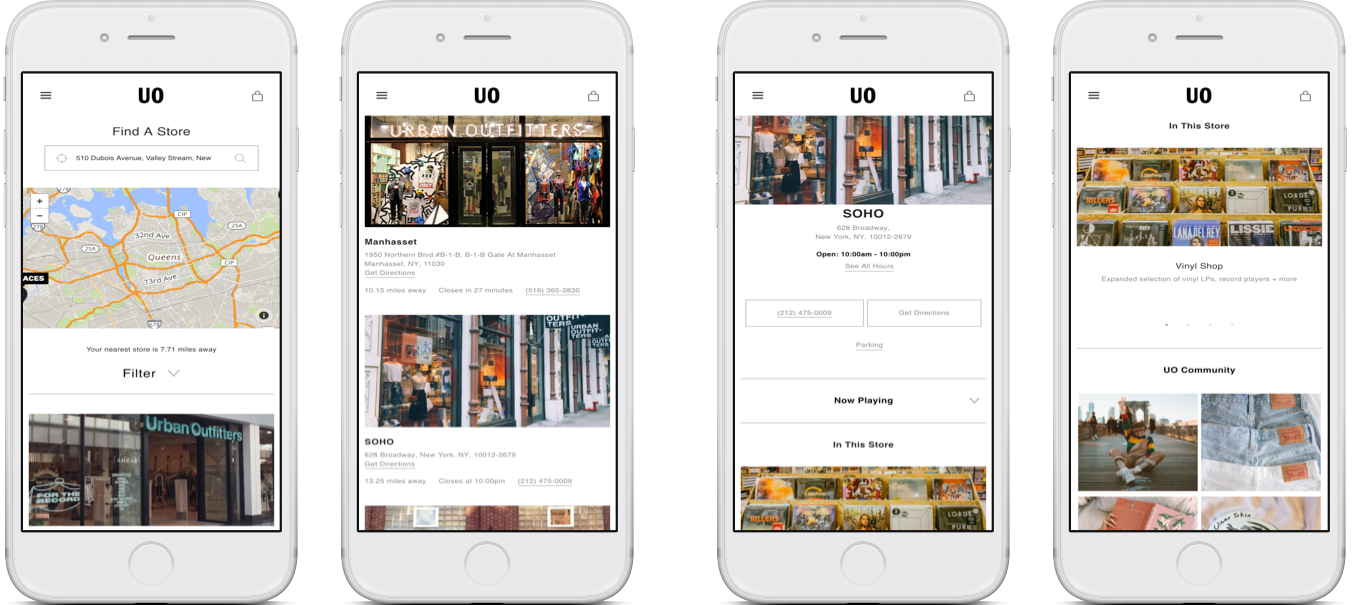
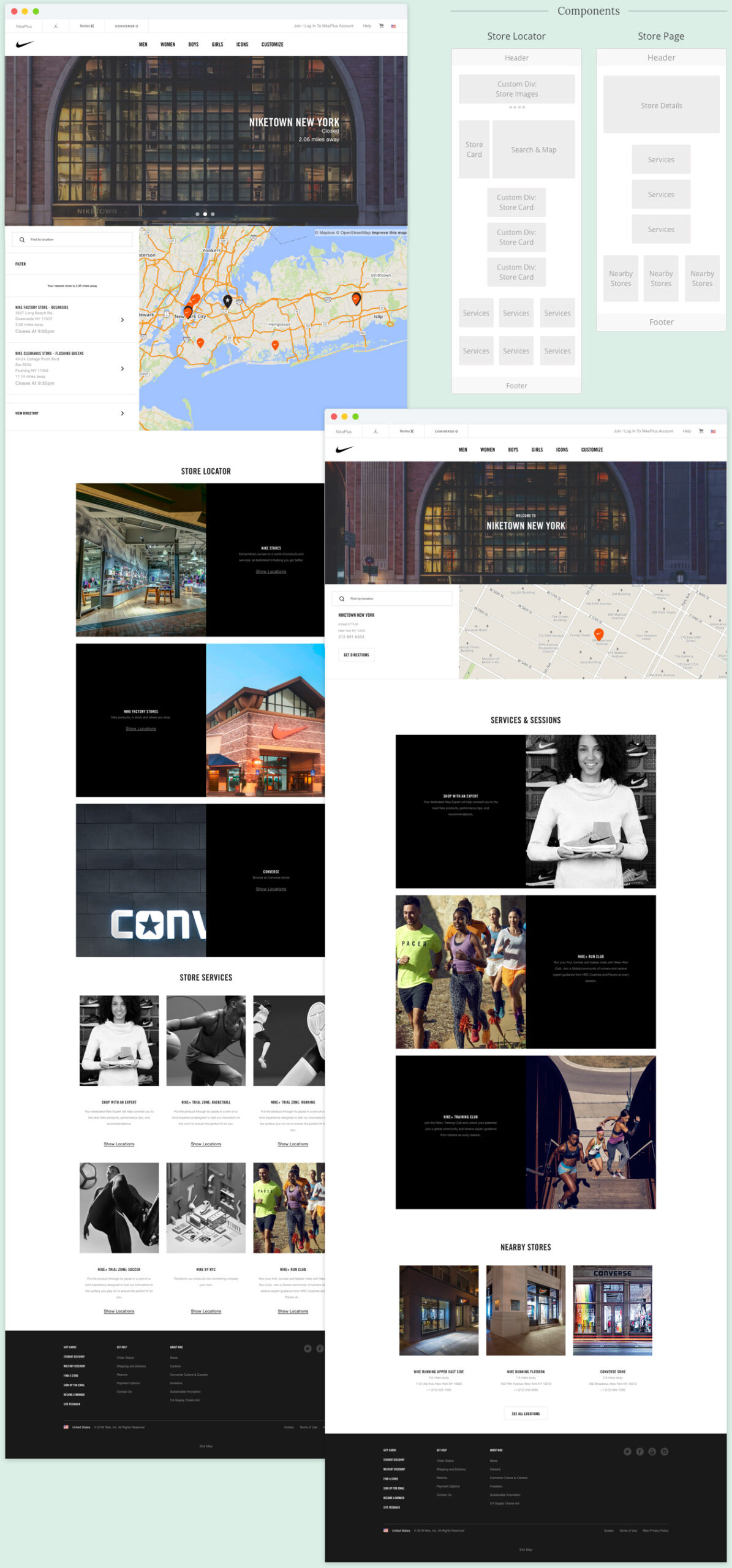
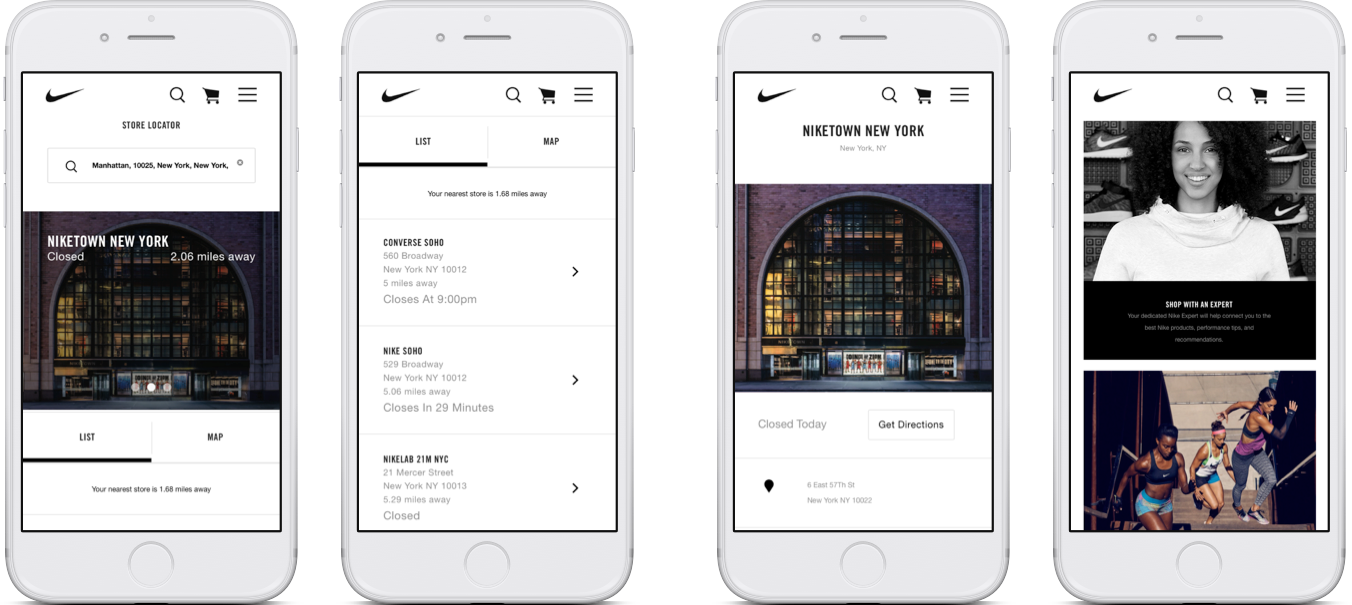
Conclusion
Final thoughts and next steps.
We built a product that solved many of the issues Brickwork was experiencing, but with further testing of each component, we can position Brickwork as the experts in their space. In addition, the customer success teams could now better communicate the product and share data with clients showing the benefits Brickwork is providing.
Key Results:
1. Reduced client onboarding from 6-8months to 2-3 months
2. Increased quarterly client retention by 8%
3. Reduced engineering lift for custom integration, allowing engineers to resources back to the product
4. Giving the power to A/B test to our clients without the need for custom engineering
As we solved the primary challenges, we discovered future opportunities:
1. Creating “Smart Widgets” for placement anywhere on the site
2. Updating the appointment management system
3. Bringing more value to the events and service pages
More Projects
© 1982 | Product Designer | jkhan@madebykhan.com

